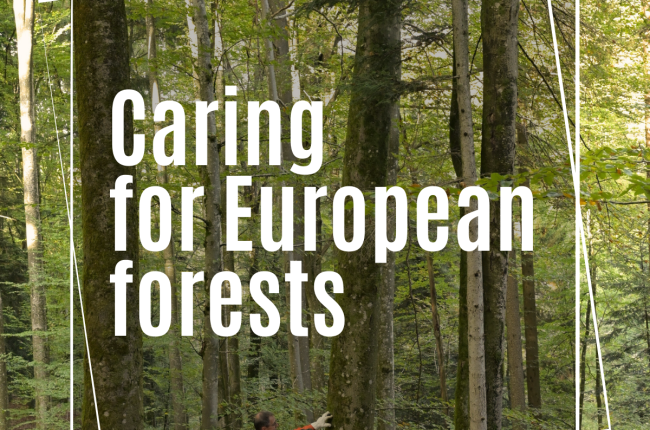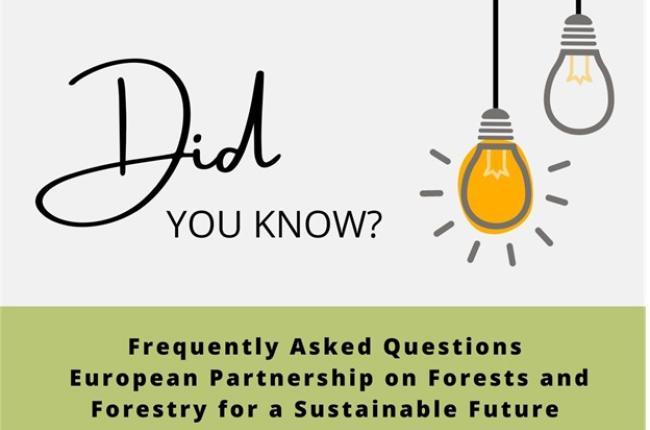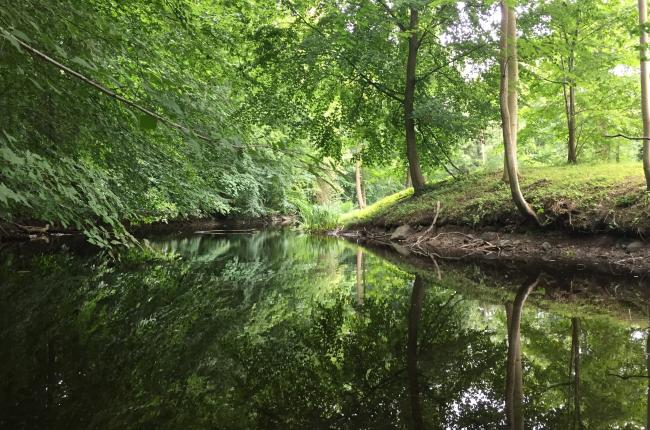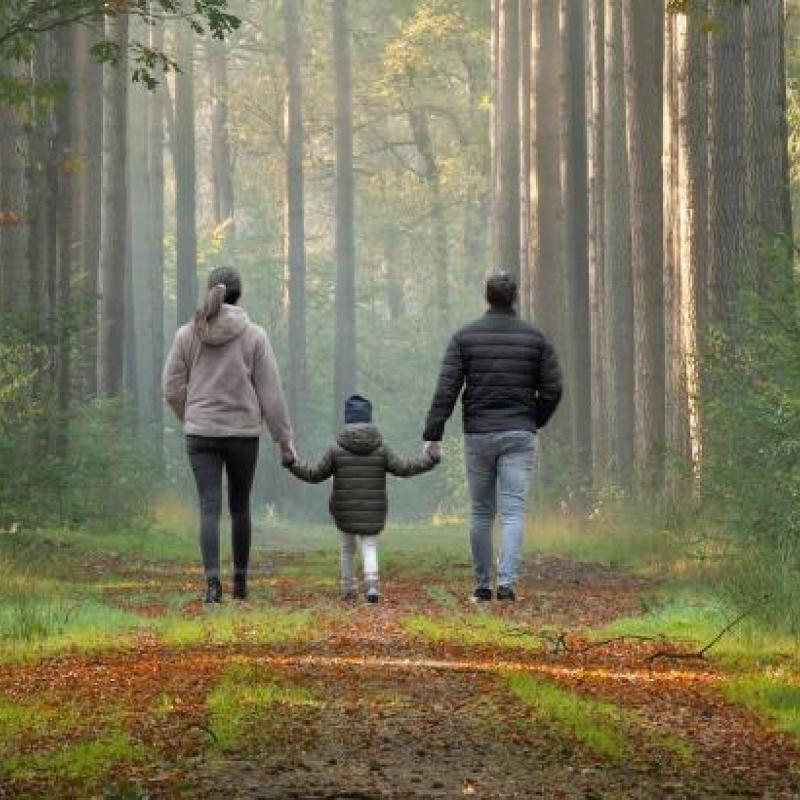In the name of the hosting organisation, João Pedro Matos Fernandes, Portuguese Minister for the Environment and Climate Action welcomed all participants and introduced the event. He outlined the vital role that forests play for the climate and for biodiversity, as well as their many benefits for society and economy. Mr. Fernandes very much agreed with the second speaker Virginijus Sinkevičius, EU Commissioner for the Environment, Oceans and Fisheries on the point that stakeholders need to be involved into the discussion on upcoming restoration targets to make them a success. Furthermore, Luc Bas, Director of IUCN European Regional Office stressed the urgency to act, as the pressure on forests is increasing from all sides. Florika Fink-Hooijer, Director General of DG Environment, EU Commission pointed out that all EU forest-related policies need to be well integrated and must allow synergies, e.g. between biodiversity, climate, energy and bioeconomy policies.
During the panel dialogue between Ester Asin, Director of WWF European Policy Office, and Fanny-Pomme Langue, Secretary General of CEPF, main topics discussed were the EU Forest Strategy, the upcoming EU nature restoration targets and the strict protection target of the Biodiversity Strategy for 2030. In this context, Ms. Langue referred to CEPF’s hope for the EU Forest Strategy to create coherence between all forest-related policies and to build on all pillars of sustainability. In her words, “we would like to see the Forest Strategy to embrace the complexity of forests”. Regarding to a legally binding restoration target on forest ecosystem that will eventually be proposed by the European Commission, Fanny-Pomme stressed that not only the scope of such targets would require further clarification but that the prior and informed consent of those who own forests is a prerequisite for this proposal. Ms. Asin emphasised that WWF's main concern is to increase forests’ health and resilience. In order to reach this goal, she stated that “the EU forest strategy should support (…) a multifunctional forest management which includes and integrates biodiversity (…) as the core principle.”

Following the discussion, three case studies were presented, illustrating good practices of sustainable forest management and progress made in forest restoration.
- Conceição Santos Silva, R&D + i Coordinator at UNAC – Mediterranean Forest Union, Portugal
Montado Agroforestry – A Multifunctional System: Using the example of Portuguese cork oak forests, Ms Silva showed how differently intensive management methods affect ecological indicators. The striking result of this study is that the current moderate land use offers already the best conditions for sustainability.
- Kaupo Kohv, Head of Nature Conservation Department of RMK (State Forest Management Centre), Estonia
Ecological restoration as integrated part of land management strategy – mire restoration in Estonia: In his presentation, Mr Kohv explained the importance of mires (ecosystems with a peat layer of more than 30 cm) for biodiversity, soils and as a carbon sink. He outlined how forest-managers in Estonia have learned to effectively restore mires and gave an optimistic outlook on future mire restoration.
- Markus Nissinen, Environmental Advisor at Central Union of Agricultural Producers and Forest Owners (MTK), Finland
Forestry and Biodiversity - best practices in Finland: Mr Nissinen presented three successful examples of voluntary conservation programmes in Finland. He stressed how conservation contracts contribute to forest conservation and highlighted the bottom up approach of such contracts, as a way to increase the acceptance among forest owners.
More information on the event is available here.




